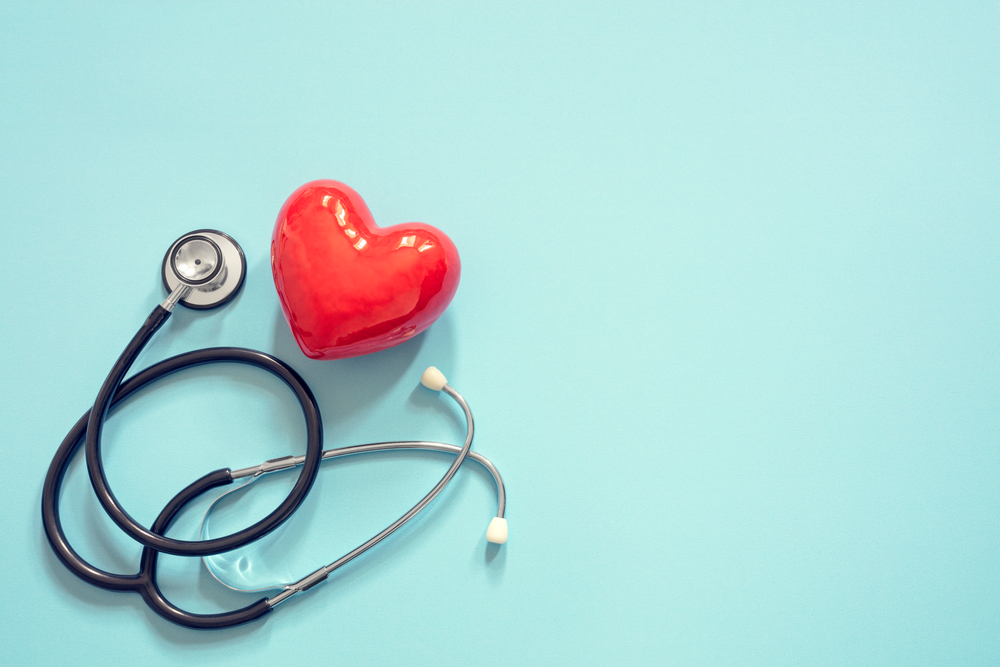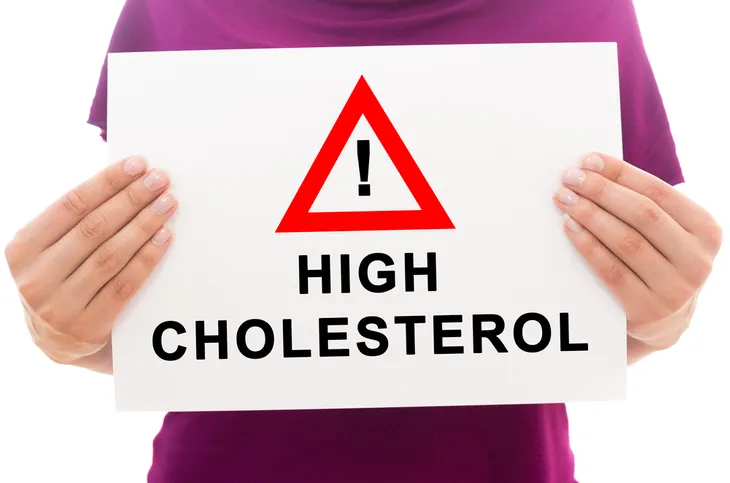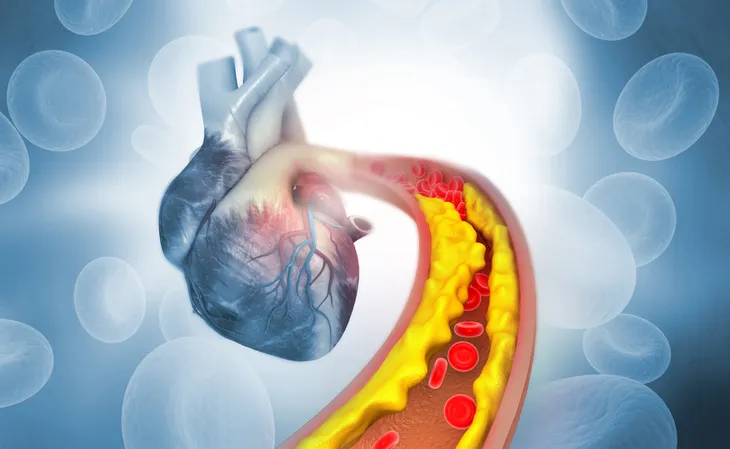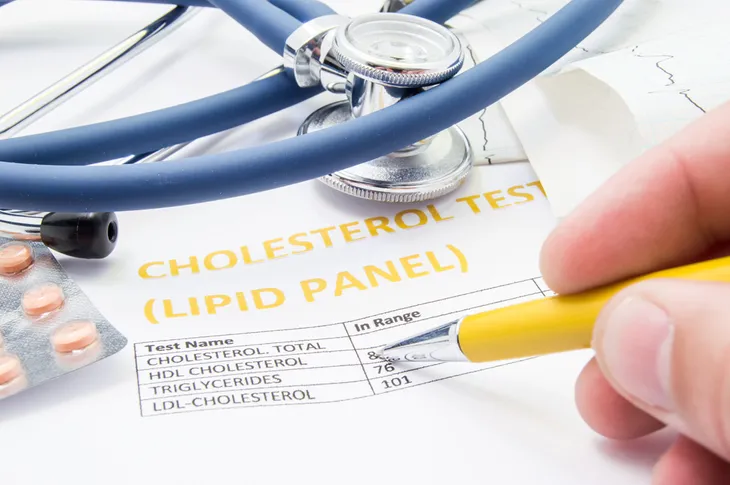If you’re one of the 93 million Americans that are living with high cholesterol, you shouldn’t wait long to lower it. Cholesterol levels have a direct impact on your heart health and ignoring this issue can lead to serious problems. Luckily, there are some easy things you can do to lower your cholesterol.
How long it takes to see results will depend on the method you go with and your overall health. Here’s what you need to know about high cholesterol and what it will take for you to get your levels back on track.
What Is High Cholesterol?
Your cholesterol levels tell you whether your body is able to properly flow enough blood to your arteries. Mayo Clinic describes cholesterol as a waxy substance found in your blood and that it’s necessary to build healthy cells.
The problem is that if your cholesterol levels are too high, fatty deposits appear in your blood vessels. These deposits can grow and make it harder for blood to flow throughout your body. Getting a blood test is the only way to find out about your cholesterol health since there are no symptoms of high cholesterol.
Complications From High Cholesterol
Your overall health is at risk when your blood vessels are blocked. There are diseases directly linked to high cholesterol levels, particularly cardiovascular disease.
WebMD says the main risk is when the buildup of cholesterol in your arteries slows blood flow to the heart muscle. This buildup is known as plaque, which leads to the hardening of the arteries and makes them narrower. If the arteries become completely blocked this can result in angina (chest pain) or heart attack.
Other Possible Complications
Heart attacks aren’t the only life-threatening complications that come from high cholesterol. Healthline lists the following as other possible outcomes:
- Stroke
- Peripheral vascular disease
- High blood pressure
- Chronic kidney disease
- Higher risk of gallstones
How Long Does It Take to Lower Cholesterol?
First, you should also know that cholesterol is measured in four different numbers. Here’s are the desirable levels you should be aiming for, according to the Centers for Disease Control and Prevention (CDC):
- Total cholesterol: Less than 200 mg/dL
- LDL cholesterol: Less than 100 mg/dL
- HDL cholesterol: Greater than or equal to 60 mg/DL
- Triglycerides: Less than 150 mg/dL
Now that you understand the risks of high cholesterol, it’s time to learn how you can lower it. The two main methods are medication and lifestyle changes. Both can help lower cholesterol but at different rates. Let’s take a closer look at these methods and how long they take to lower cholesterol.
Medication
If you’re tested for cholesterol and have high levels, your doctor may recommend going on medication. Medical News Today says that medications are highly effective and can lower cholesterol in a matter of weeks.
Most of the time, doctors will begin with statins. It helps the body lower the amount of cholesterol the body makes while also reducing inflammation and cholesterol plaques. While it’s possible you could experience side effects from the medication, research links statins to a reduction in the risk of heart attack or stroke.
Other Medication Treatments
Medical News Today also explains how statins are not the only type of medication that may be used. Depending on your current health or underlying conditions, your doctor might recommend other types of medication such as:
- Resins that stimulate the body and get rid of excess cholesterol.
- Sensitive cholesterol absorption inhibitors that prevent the body from absorbing cholesterol.
- PCSK9 inhibitors that lower LDL cholesterol by binding to proteins in the liver.
- Fibrates that target and lower triglycerides in the blood.
Even if you’re on medication to lower cholesterol, it’s also highly recommended that you make adjustments to your lifestyle.
Diet and Lifestyle
Not everyone with high cholesterol levels may have to go on medication. Your doctor might suggest implementing some lifestyle changes. According to Healthline, you could lower cholesterol levels by as much as 20-percent through dietary and lifestyle changes alone.
Keep in mind that it can take between 3 to 6-months for LDL numbers to drop from diet and exercise alone. It also takes longer for women to see positive changes than it does for men. Here are some cholesterol-friendly foods to start eating every day:
- Lots of fruits, vegetables, and whole grains
- Non-fat or low-fat dairy
- Lean proteins, such as fish
- Healthy fats
- Limited salt, sugar, processed foods, and red meats
Don’t Forget About Exercise
Along with a healthy diet, you’ll want to do some form of physical activity each day. Aim for 60-minutes of moderate cardio daily. Exercising has cardiovascular benefits which are something to prioritize when trying to lower your cholesterol.
Choose fun activities you can look forward to. It could be cycling, dancing, swimming, gardening, or anything else that gets you moving. Even just going for a stroll around your neighborhood can be beneficial for your health.
How to Lower Cholesterol
The first step to achieving healthy cholesterol levels is by getting your levels tested. The CDC says healthy adults should have their cholesterol levels checked every 4 to 6-years. Those at higher risk should get their levels tested more often.
Remember, everyone’s journey to lowering their cholesterol is different. Some people may carry risk factors (such as genetics or pre-existing conditions) that make it harder to lower cholesterol. The best thing you can do is talk to your doctor. They will advise you on the next steps and whether medication is the way to go.












